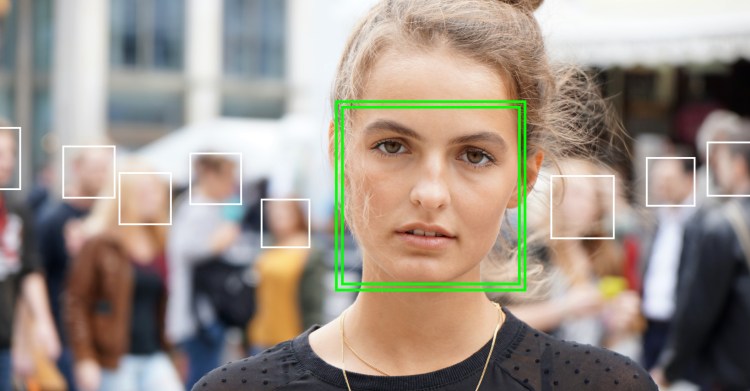Watch all the Transform 2020 sessions on-demand here.
Computer vision has been a key driver behind the artificial intelligence boom of the past two years. But it has also come with significant controversy. Businesses need to be aware of the potential risks, while still taking full advantage of the huge benefits it’s providing across many business use cases.
Computer vision technology allows computers to draw meaning from images and videos, which enables a system to analyze such data and take appropriate action. Applications range from rescue robots that can find their way along wilderness trails to autonomous vehicles, where cars are now using advances in computer vision algorithms to approach self-driving capabilities in major cities within the next year or two.
In enterprises, though, computer vision is enjoying pretty much free rein for now. And it’s finding extensive practical business use. Industry experts expect computer vision to remain a key trend in AI, with increasing accuracy in people and object detection. At Transform 2020 on July 15-16 in San Francisco, business leaders will share how they put advanced computer vision to work, with deep dives into trends, technology advancements, and implementation strategies for sectors such as ecommerce, security, and health care.
The global market for computer vision is predicted to be worth anywhere from $17.4 billion to $48.32 billion by 2023. Deloitte reports that 57% of U.S.-based survey respondents said their company had adopted computer vision.
June 5th: The AI Audit in NYC
Join us next week in NYC to engage with top executive leaders, delving into strategies for auditing AI models to ensure fairness, optimal performance, and ethical compliance across diverse organizations. Secure your attendance for this exclusive invite-only event.
Manufacturing particularly benefits from computer vision, which can scan for quality assurance and guide robot assembly lines. In ecommerce, Etsy is using computer vision to identify products related to those a shopper might be looking for, so that someone seeking a mid-century cocktail dress online will be presented with related items within the mid-century style family. Ecommerce giants like Amazon and startups alike are using the technology to move into the brick-and-mortar world with cashierless grocery stores that use computer vision to manage shelves, personalize incentives, and calculate a shopper’s bill.
It’s in medicine, however, that computer vision really shines. Systems can help surgical teams rehearse complicated procedures — or even power robots that can execute telesurgery — and improve the accuracy of tissue testing and CT scans.
Computer vision also underlies the increasing effectiveness of image recognition tools and their use by governments, police, airports, and corporations. In China, this technology has enabled a dystopian state, at least by Western norms — with Chinese authorities tracking millions of minority Uighur ethnic Muslims. In the U.S. there’s ongoing debate about whether facial recognition tools should be banned entirely in some circumstances, particularly for use by state and city governments.
Significant changes are happening as we write, with giants like Google pivoting in how they treat gender bias and other risks related to computer vision. Just last week, Google removed the ability for users of its cloud services to label images with “man” or “woman” while training computer vision models.
Moreover, issues like safety and privacy have taken center stage this year. The deep learning behind computer vision is famous for its black-box decision-making, which this year led Google and OpenAI to open-source software that uses “explainable AI” to keep the machines in check. And consumers are skeptical as well; a recent Pew survey showed that U.S. adults trust the police (56%) to use facial recognition fairly more than they do tech companies (36%) or advertisers (18%). That’s a big hurdle enterprise will need to surmount in order to implement technology that its customers are comfortable with, whether through the threat of regulation or the promise of tools such as siloed sharing.
Join us at VB Transform 2020 as we dig into how computer vision applications — and the other big AI trends, including NLP/NLU, automation, and IoT/AI at the edge — are changing the way businesses of every size are driving value, customer service, and unprecedented returns on investment, right here and now. You can purchase tickets here.


